Yukata: The Summer Kimono of Japan
The Yukata is a light and elegant traditional Japanese garment that has been cherished for centuries. From summer festivals to fireworks displays, Yukata captures the essence of Japanese summer, blending comfort with cultural heritage.
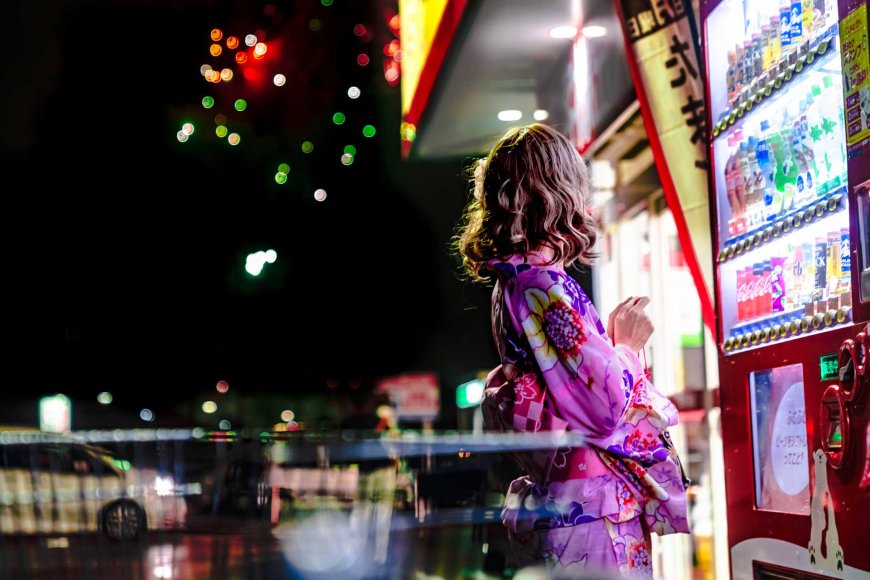
The Beauty and Culture of Japan's Traditional Yukata
Yukata, a traditional Japanese garment, is often referred to as the "summer kimono." Light, comfortable, and elegantly simple, the Yukata has been a beloved attire in Japan for centuries. Its roots go back to the Heian period (794-1185 AD), where it was initially used by the nobility as a bathrobe. Over time, the Yukata evolved, becoming a staple of summer fashion and culture. Today, it is commonly worn during summer festivals, fireworks displays, and other outdoor events.
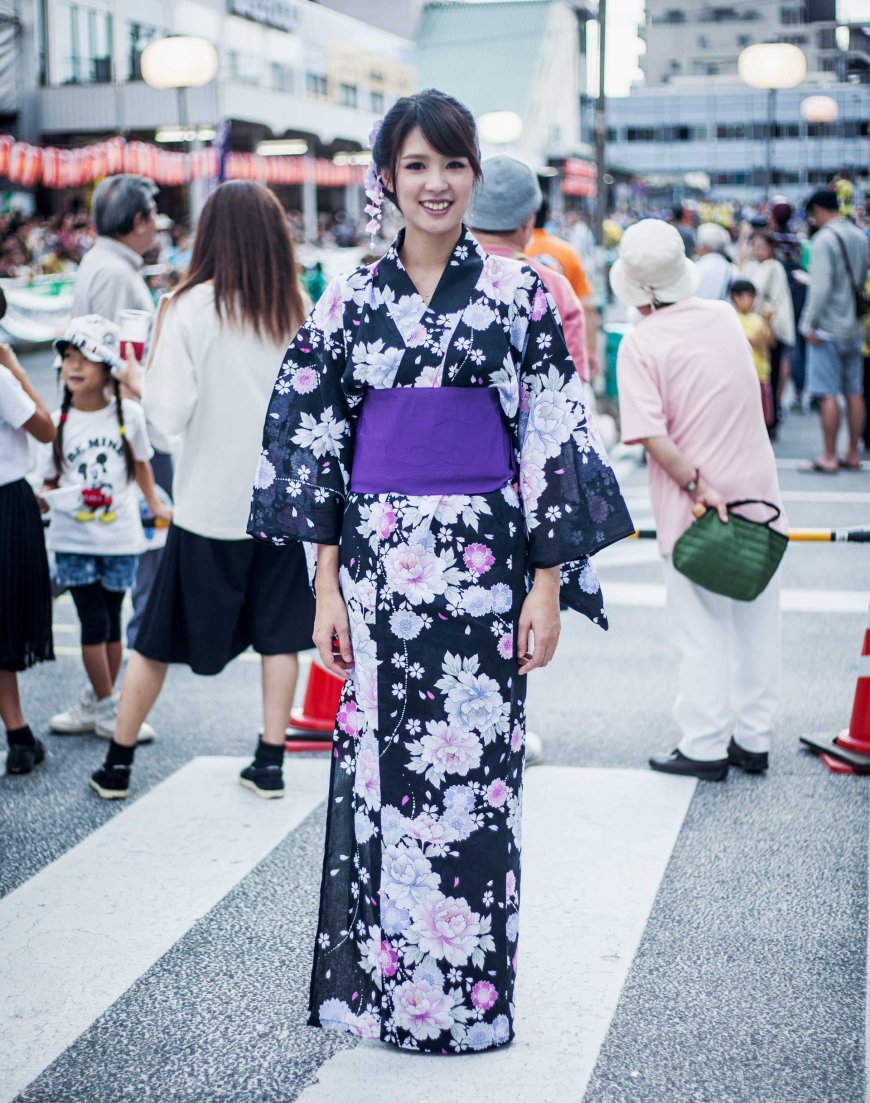
A Brief History of Yukata
The Yukata's origin can be traced to the Heian period, where it was known as the "Yukatabira," a simple linen garment worn by courtiers after taking a bath. During the Edo period (1603-1868), the Yukata became more widely adopted among the general populace. This shift was partly due to the rise of public bathhouses, known as "sento." As commoners began using these bathhouses, the need for a garment to wear after bathing became apparent. The Yukata, being lightweight and easy to wear, became the perfect choice.
By the Meiji era (1868-1912), Yukata had become a popular everyday wear during the hot and humid Japanese summers. It was especially favored by people attending summer festivals, a tradition that continues to this day. The Yukata has stood the test of time, retaining its charm and utility even as modern clothing became more prevalent.
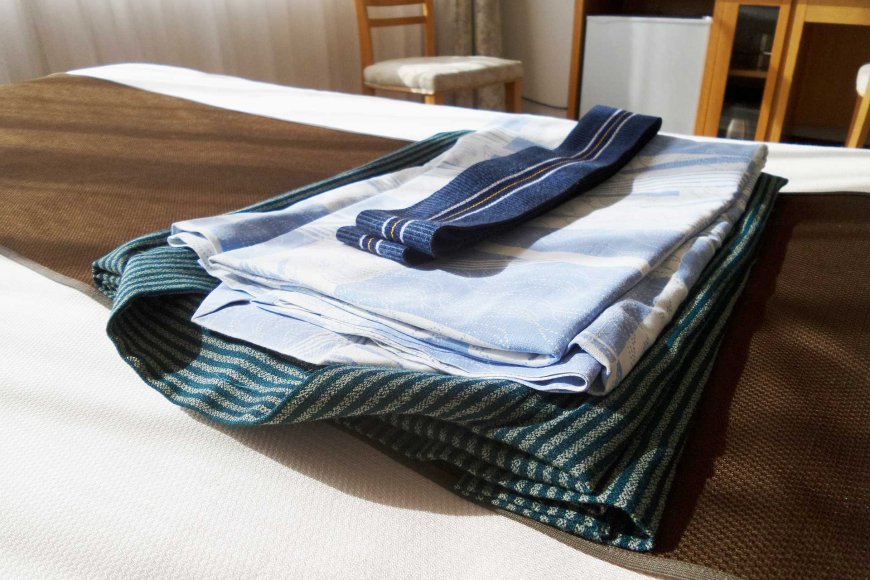
Design and Features
Yukata are typically made from cotton or synthetic fabric, which makes them breathable and suitable for hot weather. Unlike the more formal silk kimono, the Yukata is unlined, contributing to its lightness. The design of a Yukata is simple yet elegant, consisting of a T-shaped, straight-lined robe that wraps around the body. It is secured by a wide belt called an "obi," which is tied around the waist.
Yukata come in a variety of colors and patterns, ranging from subtle and traditional to bold and contemporary. Common motifs include flowers, butterflies, and traditional Japanese symbols like waves or fans. The patterns are often dyed using a method called "chusen," which involves pouring dye through a stencil onto the fabric, creating intricate designs. Women's Yukata are typically more colorful and have a greater variety of patterns, while men's Yukata tend to be darker and more subdued in design.
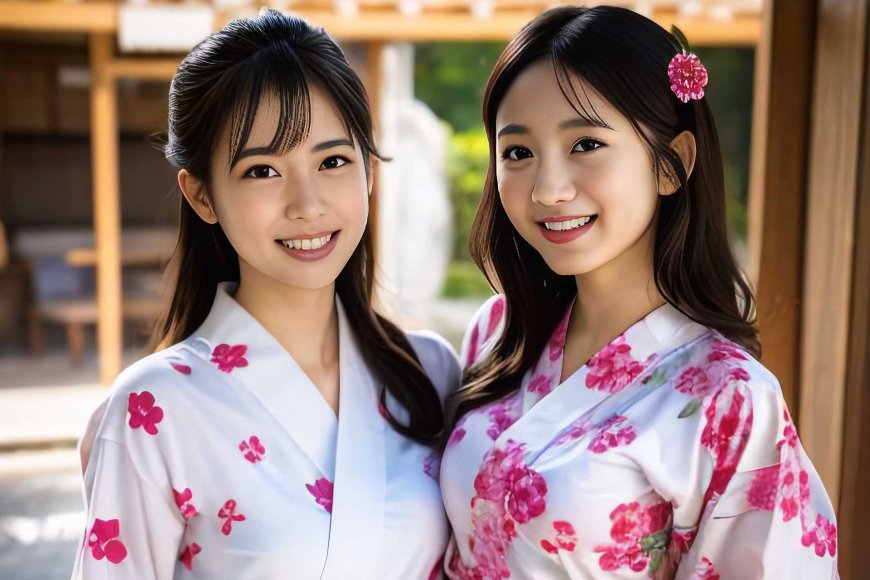
Wearing the Yukata
Wearing a Yukata is an art form in itself, and it requires some practice to master. The left side of the Yukata is always wrapped over the right, a rule strictly adhered to as reversing the order is associated with funerary practices. Once the Yukata is wrapped around the body, the obi is tied around the waist. There are several ways to tie an obi, ranging from simple knots to more elaborate bows. For formal occasions, women might add accessories like "haneri" (collar) and "obijime" (decorative cord) to enhance their Yukata ensemble.
In recent years, Yukata dressing services have become popular, especially in tourist areas like Kyoto and Tokyo. These services offer visitors a chance to experience traditional Japanese culture by helping them dress in Yukata and offering photo opportunities at scenic locations.

Yukata in Modern Japanese Culture
Despite the influence of Western clothing, the Yukata has maintained its popularity in Japan. It is a common sight at summer festivals, where people of all ages don Yukata to enjoy traditional dance, music, and food. The sight of colorful Yukata against the backdrop of fireworks lighting up the night sky is quintessentially Japanese.
Yukata are also worn during "matsuri" (festivals), "bon odori" (Bon dance), and other traditional events. Hotels and ryokan (Japanese inns) often provide Yukata for guests, adding a cultural touch to the stay. In addition, Yukata have found their way into pop culture, frequently appearing in anime, manga, and films, further cementing their place in contemporary Japanese society.
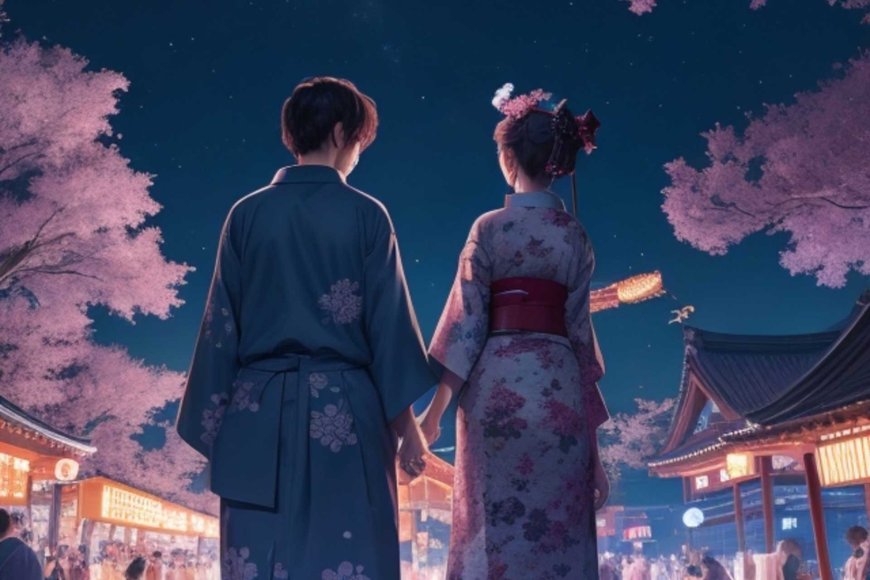 <
<
The Global Appeal of Yukata
In recent years, Yukata have gained popularity beyond Japan's borders. They have been embraced by fashion enthusiasts around the world for their comfort, elegance, and versatility. Yukata are now often seen at international cultural festivals and cosplay events. Many fashion designers have also been inspired by Yukata, incorporating elements of its design into modern clothing.
The simplicity of the Yukata makes it accessible to people unfamiliar with traditional Japanese clothing. Unlike the more formal kimono, which requires multiple layers and a professional to dress correctly, Yukata can be easily worn with minimal assistance. This ease of use has contributed to its growing popularity outside Japan.

Bridging Tradition and Modernity
The Yukata is more than just a piece of clothing; it is a symbol of Japanese culture and tradition. Its enduring popularity is a testament to its timeless design and cultural significance. Whether worn to a summer festival, a relaxing day at a ryokan, or a cosplay event abroad, the Yukata continues to bridge the gap between tradition and modernity, bringing a piece of Japan's rich cultural heritage to people around the world.
Find Cheap Flight Tickets to any Destinations in Japan and the Philippines
Nipino.com is committed to providing you with accurate and genuine content. Let us know your opinion by clicking HERE.































































